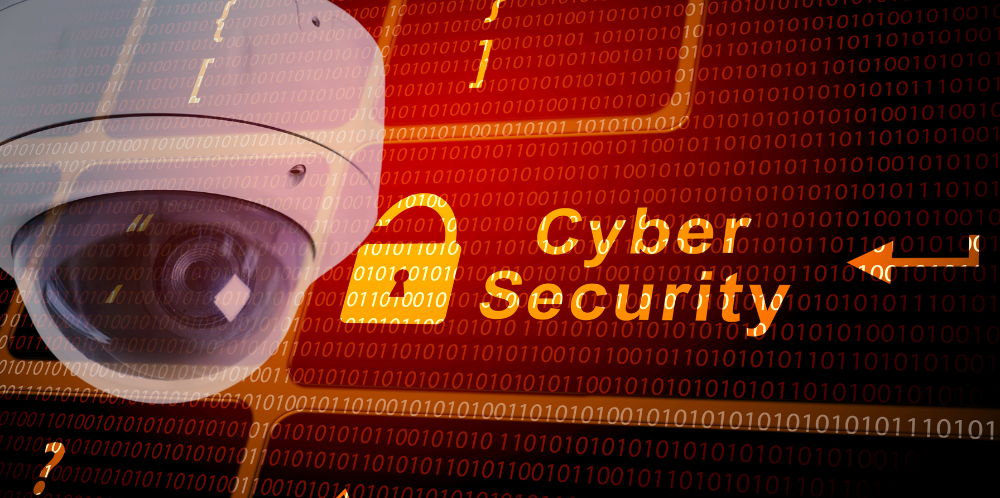Wat zijn de cybersecurity beveiligingsproblemen bij videobewaking?

In de moderne wereld, waarin technologie steeds verder evolueert, heeft videobewaking een cruciale rol gespeeld bij het waarborgen van veiligheid in verschillende sectoren. Van bedrijven tot openbare ruimtes, camerasystemen leveren waardevolle informatie en helpen bij het oplossen van misdrijven. Echter, terwijl videobewaking talloze voordelen biedt, brengt het ook een nieuw scala aan cybersecurity beveiligingsproblemen met zich mee die serieus moeten worden genomen.
Een van de belangrijkste uitdagingen bij videobewaking is de bescherming van de verzamelde gegevens. Camerasystemen genereren enorme hoeveelheden videomateriaal, dat vaak wordt opgeslagen op servers of in de cloud. Deze gegevens kunnen gevoelige informatie bevatten, zoals beelden van personen, bedrijfsactiviteiten en geografische locaties. Het is van vitaal belang dat er robuuste beveiligingsmaatregelen worden genomen om ongeautoriseerde toegang tot deze gegevens te voorkomen. Dit vereist sterke encryptie, veilige opslagmethoden en strikte toegangscontroles.
Een ander cybersecurity-beveiligingsprobleem is het risico van hacking en ongeoorloofde toegang tot het camerasysteem zelf. Zwakke wachtwoorden, verouderde firmware en slecht beveiligde netwerken kunnen hackers de mogelijkheid bieden om in te breken en controle over het systeem te krijgen. Dit kan leiden tot ernstige gevolgen, zoals het uitschakelen van de camera’s, het manipuleren van beelden of het verkrijgen van ongeautoriseerde toegang tot andere bedrijfsnetwerken.
Een ander belangrijk aspect is het regelmatig bijwerken van de firmware en het toepassen van patches om bekende beveiligingslekken te verhelpen. Fabrikanten moeten proactief zijn in het verstrekken van regelmatige beveiligingsupdates, en gebruikers moeten ervoor zorgen dat ze deze updates tijdig implementeren om kwetsbaarheden te minimaliseren.
Ten slotte is de menselijke factor een cruciale overweging. Zwakke wachtwoorden, onveilig delen van referenties en onvoldoende training van gebruikers kunnen leiden tot beveiligingsinbreuken. Het is van essentieel belang dat organisaties investeren in bewustwordingstraining en het afdwingen van veiligheidsprotocollen om de risico’s te verminderen.
In de wereld van videobewaking zijn cybersecurity-beveiligingsproblemen een nieuwe frontlinie geworden.











